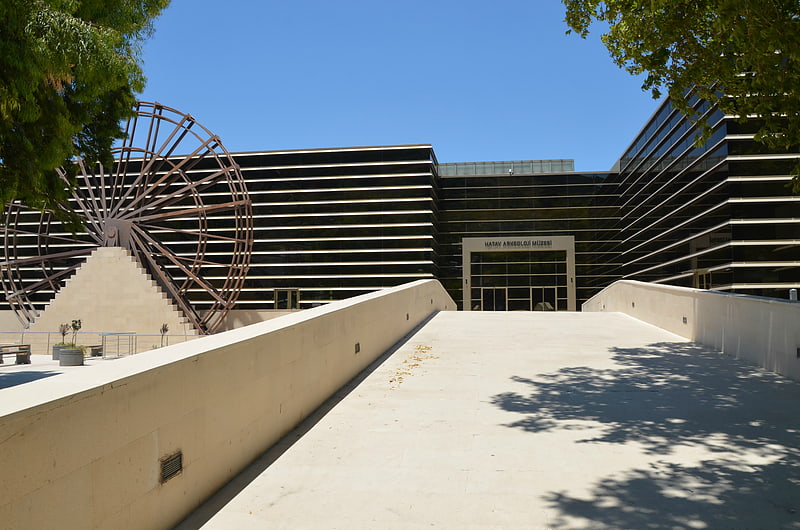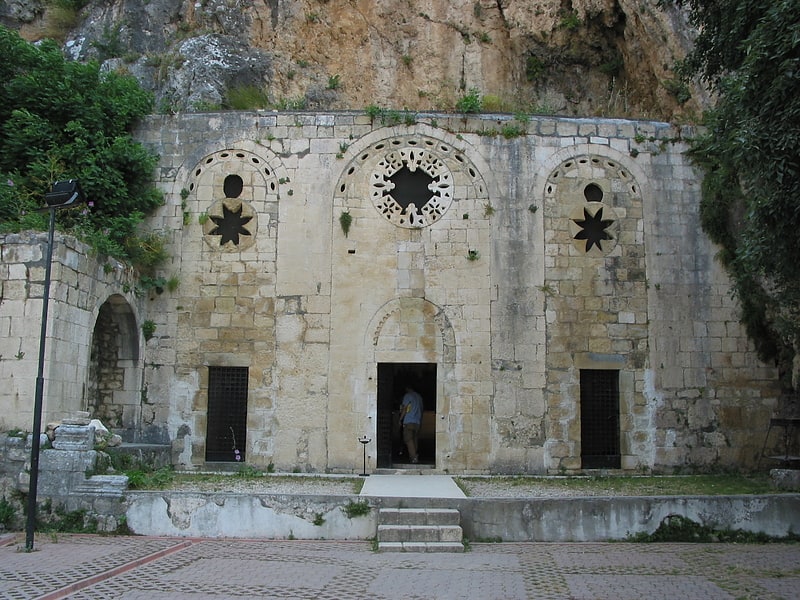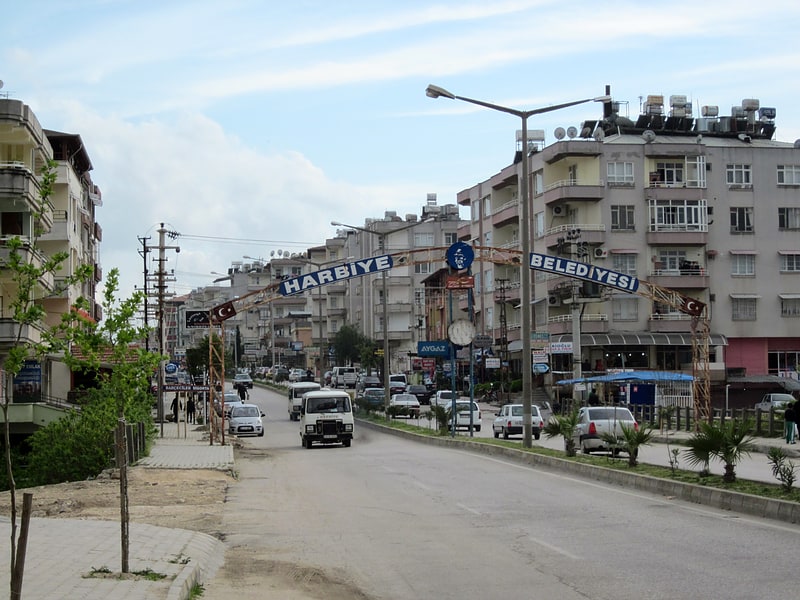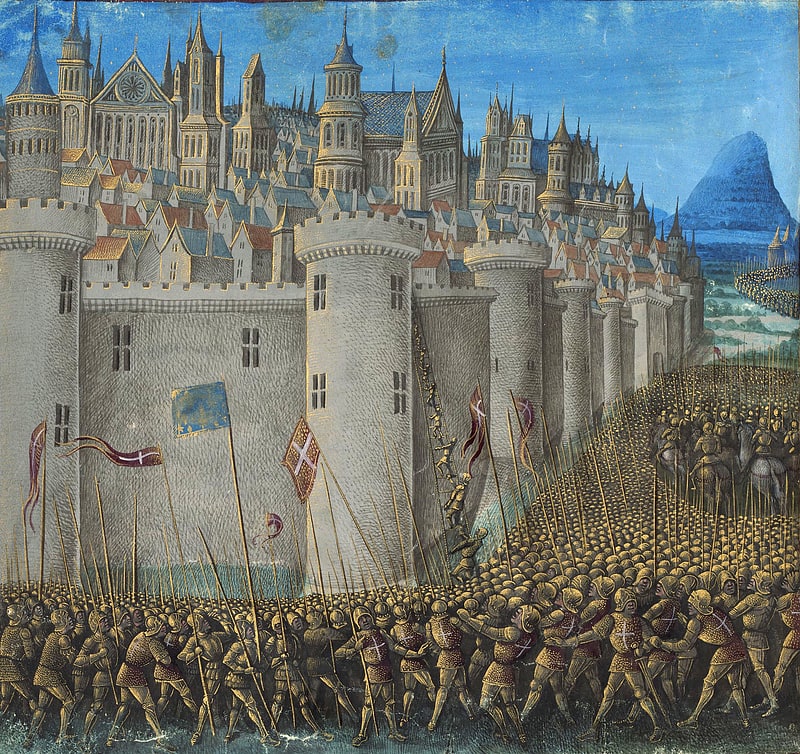Discover 4 hidden attractions, cool sights, and unusual things to do in Antakya (Turkey). Don't miss out on these must-see attractions: Hatay Archaeology Museum, Church of Saint Peter, and Harbiye. Also, be sure to include Principality of Antioch in your itinerary.
Below, you can find the list of the most amazing places you should visit in Antakya (Hatay).
Table of Contents
Hatay Archaeology Museum

Also known as: Hatay Arkeoloji Müzesi
Museum in Turkey. The Hatay Archaeology Museum is the archaeology museum of Antakya, Turkey. It is known for its extensive collection of Roman and Byzantine Era mosaics. The museum is located in Antakya, the main city of Hatay. Construction of the museum started in 1934 on the recommendation of the French archaeologist and antiquities inspector Claude M. Prost. It was completed in 1938 and came under Turkish control in 1939 following Hatay's unification with Turkey. The museum was opened to the public in 1948 and re-opened in 1975 following renovation and expansion.[1]
Address: Cumhuriyet Mh. Gündüz Cd. 1, Antakya
Church of Saint Peter

Also known as: Saint Pierre Kilisesi
Early Christian mountainside cave church. The Church of Saint Peter near Antakya, Turkey, is composed of a cave carved into the mountainside on Mount Starius with a depth of 13 m, a width of 9.5 m and a height of 7 m. This cave is one of Christianity's oldest churches.[2]
Address: Küçükdalyan Mh. Senpiyer Cd., 31000 Antakya
Harbiye

Town in Turkey. Harbiye is a town in Hatay Province, Turkey[3]
Principality of Antioch

Also known as: Antakya Prensliği
The Principality of Antioch was one of the crusader states created during the First Crusade which included parts of modern-day Turkey and Syria. The principality was much smaller than the County of Edessa or the Kingdom of Jerusalem. It extended around the northeastern edge of the Mediterranean, bordering the County of Tripoli to the south, Edessa to the east, and the Byzantine Empire or the Kingdom of Armenia to the northwest, depending on the date.
It had roughly 20,000 inhabitants in the 12th century, most of whom were Armenians and Greek Orthodox Christians, with a few Muslims outside the city itself. Most of the crusaders who settled there were of Norman origin, notably from the Norman Kingdom of southern Italy, as were the first rulers of the principality, who surrounded themselves with loyal subjects. Few of the inhabitants apart from the Crusaders were Roman Catholic even though the city was under the jurisdiction of the Latin Patriarchate of Antioch, established in 1100. This patriarchate would endure as a titular one after the Crusades, until it was dropped in 1964.[4]